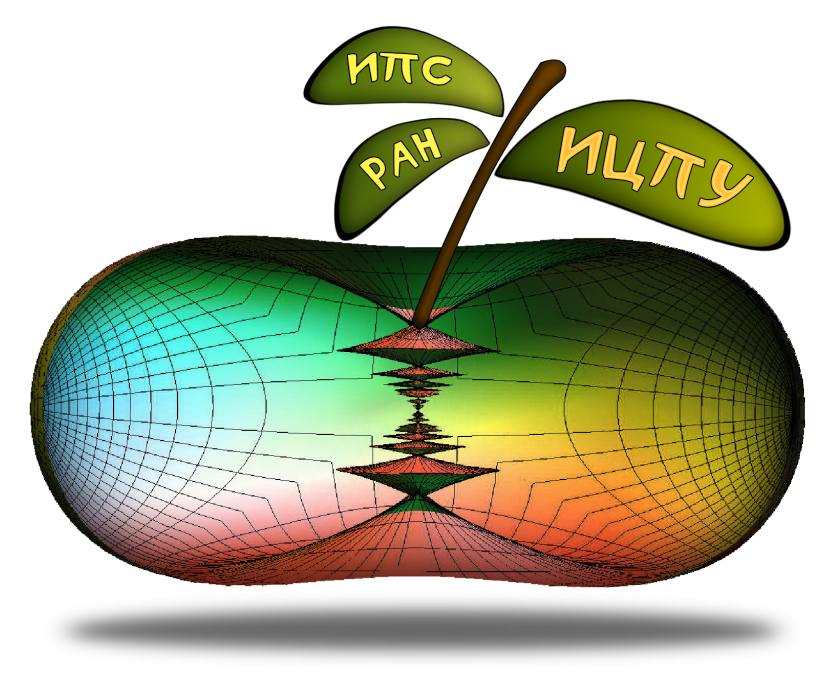A. A. Ardentov, “Hidden Maxwell Stratum in Euler's Elastic Problem”, Russian Journal of Nonlinear Dynamics, 15:4 (2019), 409–414.
This investigation continues the study of the classical problem of stationary configurations of an elastic rod on a plane. The length of the rod, the ends of the rod and the directions at the ends are fixed. The problem was first studied by Leonard Euler in 1744 and the optimal synthesis problem is still an open problem. Euler described a family of geodesics containing the solutions, which are called Euler elasticae. It is known that sufficiently small pieces of Euler elasticae are optimal, i.e., they have a minimum of the potential energy. In theory, the point where an optimal curve loses its optimality is called a cut point. Usually several optimal curves arrive at such points, so the points have multiplicity more than 1 and are called Maxwell points. The aim of this work is to describe numerically Maxwell points where two nonsymmetric elasticae come with the same length and energy value.

